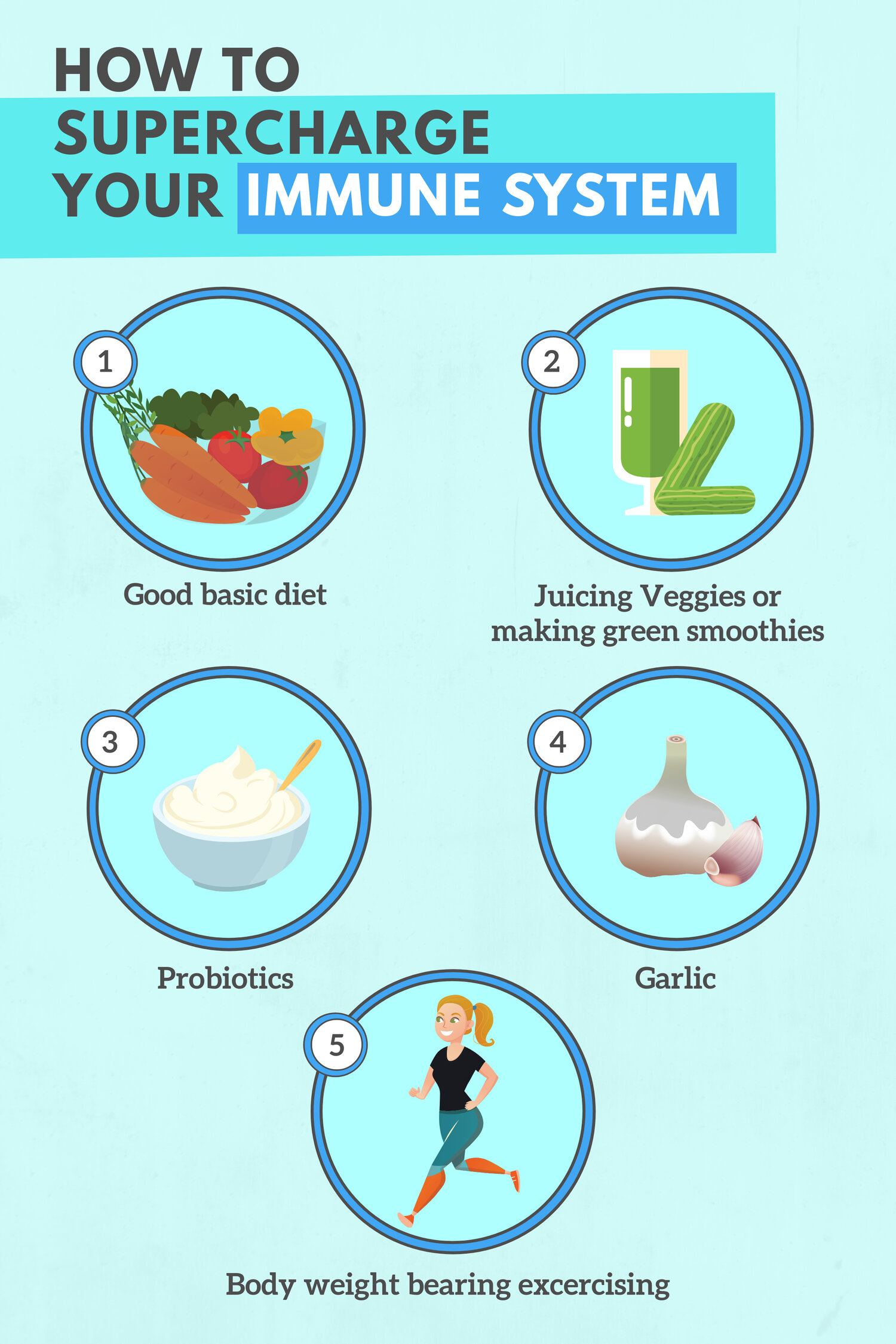Many of us never thought we’d live through a global pandemic, but here we are. Needless to say, COVID-19 (Coronavirus) is on everyone’s minds. How could it not be? It’s right there in your inbox, social media feed, and even buzzing amidst the chaos at the grocery stores.
What are we supposed to do? There’s not exactly a reference point for any of us, as we’ve never lived through a viral outbreak. As we all stare, jaw-unhinged, at an uncertain future, business owners and marketers are at a loss for what to do. You can’t simply ignore the elephant in the room, or your brand will seem insensitive and aloof. Flip that coin and you’ll be inundating your audience with constant updates.
You have to do something, or your business will dramatically suffer. The virus isn’t solely a health threat to nearly eight billion people in the world, it’s an economic implosion and we all stand on the brink.
Will we survive this? Yes. But you have to take immediate action. There’s no more denying it: the storm is here, so gear up for the long-haul. Here’s what you need to do now to help your business survive Coronavirus.
1. Adopt sensitive and resourceful brand messaging
If you have an established marketing system, you likely have customer personas, branding language, and messaging. However, considering the current atmosphere and state of affairs, you’ll need to take a sensitive and thoughtful approach.
Communication is crucial, and your approach can impact your audience positively or negatively. Here are some steps you can take to enforce uplifting and sensitive messaging:
- Engage with your followers and customers on social media. Ask them how they are doing and what pain points they may be experiencing.
- Make relevant recommendations in line with your business for at-home activities during self-isolation, social distancing, or quarantine. Don’t share your recommendations for Netflix if you own a landscaping or construction business. Instead, share tips for growing houseplants or easy DIY home décor projects.
- If you have a brick-and-mortar business like a restaurant or fitness studio, share visual graphics featuring easy-to-make recipes or 30-minute workouts. Offer free delivery, online classes, discount vouchers, and at-home live streaming of your services.
Let’s look at an example from the Time Out franchise. Ordinarily, the company shares the best things to do, see, and eat in New York, Los Angeles, London, Tokyo, and various other cities around the globe. The livelihood of this brand hinges on its ability to promote social outings, but Coronavirus isn’t slowing it down.
Not only did the brand temporarily change its logo to replace Time Out with Time In, but it’s promoting all the entertainment people can enjoy from home. Highlights include streaming operas, recipes to make from home, and updates of the latest news.
The messaging is sensitive, and the information is relevant and informative. This is a perfect blueprint for how you can interact with your customers and followers right now. Share what’s happening, offer tips and resources, and enforce the message that you are in this with them.


2. Join the solution on social media
People are scared. Not just for their health, but their financial livelihood. There doesn’t seem to be an industry (aside from health care and paper goods) that hasn’t been hit by Coronavirus. With this widespread panic comes fearmongering and doomsday prepping. Instead of adding to the panic, join the solution. Use your platform to share proactive health tips and habits that can limit the spread of the virus.
Now, more than ever, the general public (which includes your customers) needs uplifting, positive messaging.
As countries and cities across the globe shut down for quarantine, more people are staying connected on social media. That means that your reach is bigger, and you’ll experience higher engagement on your Instagram Stories, Facebook posts, and social content.
Consumer behavior has changed drastically in a matter of a few short weeks. Leverage this exposure to share what your company is doing in response to health regulations, safety guidelines, and community needs.
On average, businesses post content to Instagram 1.5 times daily, twice daily on Facebook, and 1-5 tweets a day. However, news is currently breaking by the hour. You don’t have to jump online and post nonstop content, but you absolutely want to remind your audience that you are not only there, but there for them.
Here’s what you can do:
- Create social media graphics, including your tips for how to stop the spread of the virus.
- Intersperse tips and information with uplifting content like inspirational quotes and imagery.
- Don’t be afraid to go Live on Facebook or Instagram and chat about how your business is handling COVID-19.
- Share compelling and informative imagery about how your audience can best protect themselves and their loved ones, just like this Instagram post from @itsmecalu.
3. Partner with influencers who endorse your message and brand
Influencers exist to do exactly what the title suggests: influence people. Ordinarily, businesses and brands partner with influencers to promote their products. In light of recent events, the same concept applies but may shift depending on your product or service.
If you have a cleaning or health-related company, you can partner with influencers to endorse your product on social media as an aid to protect or minimize the spread of the virus. What if your business doesn’t connect the dots with current events?
Instead of promoting your products, work with influencers to spread your message. Right now, the consensus is to practice social distancing, self-isolate, and stay inside. While this initially might send shockwaves through your company, plug into the world within the walls of everyone’s homes: the internet.
The majority of the populous is staying indoors and guess what? They are granting you inside access. What will you provide? Let’s take a look at a unique approach.
The UK government allocated $630,000 to diminish the spreading of misinformation on social media. Part of that chunk of change is going toward influencer partnerships to help disseminate the facts and nothing but the facts.
A campaign like this demonstrates the power of influencer marketing. Right now, social media users are advocating to support local and small businesses. Tap into this buzz and partner with a few influencers to act as brand advocates. Many people want to see small and local businesses survive Coronavirus, and there’s nothing wrong with positioning your brand to do the same.
4. Mobilize your audience and business online
In the last few weeks, the world has paused watching the Coronavirus devastate China and Italy. Now, the virus has spread across the globe. For a historic moment in time, it feels like the world stopped. One by one, major events and festivals like Coachella and the NBA season were canceled.
As doors continue to close on brick and mortar stores and events cancel, the only thing left to do to keep a business alive is to work remotely, schedule online events, and move products and inventory online. And rightfully so. The last thing you want to do is pretend like everything is “business as usual.” Things have changed, and your business needs to follow suit.
Follow the rules put forth by the CDC or disease center in your country. There’s no use trying to lure people into your establishment — it’ll not only seem desperate, but distasteful.
Instead, move all business operations online. Your physical doors might be closed, but the virtual doors have arms wide open. Were you hosting a big fundraiser or event? Move it online. Either host the event on Facebook Live for viewers to watch, or set up a video conference or webinar for free with Zoom.
Move your products or services online, too. Here are a few examples of brands already doing this:
- NASA published its entire media library online
- New York Public Library made an app called SimplyE, which has a catalog of 300,000 books available to download for free instantly
- Instead of playing to packed venues, artists, musicians, and performers are live-streaming their concerts and hosting virtual events on social media
- Gyms and fitness studios have closed around the globe, but that’s not stopping clubs like Planet Fitness from live-streaming a series of free, daily workout classes on Facebook
- If you are a retailer, follow the example of Heartloom, a clothing brand donating 20% of its online sales to Feeding America
5. Humanize your brand and be transparent
Look, I get it, right now you need sales to keep the machine running. But if you hit your audience with nonstop discounts and sales messaging, your brand is going to come across as insensitive and lose people. A less abrasive way to stay relevant is to approach every piece of content with compassion and transparency.
A great way to do this is to launch an email sequence addressing the current situation. Has your brick and mortar had to close its doors? Are you offering a delivery service? If your business has had to make changes (as most have), send out an email and update your customers.
But don’t stop there. Tell them precisely what you are doing to better the situation, not just for your customers and workers, but for the world.
Change it up from the standard “What We’re Doing About COVID-19”. Honestly, those emails are accosting everyone’s inbox. Instead, follow the lead of ethical clothing brand, Everlane, who’s subject line lured me into actually opening this email: “We’re In This Together.”
The first media in the email was a visual of a remote meeting showing 25 out of 219 team members. The email copy updated me on how the business is handling the situation, emphasized building community, and offered new promotions every Monday. Concluding the email was a non-invasive promotion: $50 denim all week.
Was this a blatant sales email? No. Was it a thoughtful, sensitive update to keep me in the know and feel like part of the team? Yes. The email took a conversational, human approach, and dropped a coy easter egg to incentivize me to visit the online store.
One thing to avoid: copy and pasting the hum-drum corporate email copy that everyone’s firing out. Stay original. Stay authentic. Be honest. Incentivize your customers. Humanize your brand. And above all:
6. Come together with your community
It’s easy to get caught up in old thinking and look at your customers as dollar signs to keep your business afloat. Unfortunately, marketing with this mindset isn’t going to sit well with people. Instead, build a trustworthy, safe, and transparent community. Offer sales and join a movement that encourages people to stand up for the good of humanity. Create a fluid and open-ended conversation.
None of us have a crystal ball to foretell what the future holds, but one thing is sure: we are all in for a bumpy ride. Your business can survive COVID-19, but it’ll probably be a tough year ahead. We are in uncharted territory for business marketing, but one thing you can do is exercise compassion. Ultimately, people will support your brand if you are part of the solution and doing your part to make positive changes. When in doubt, choose solidarity over sales.








